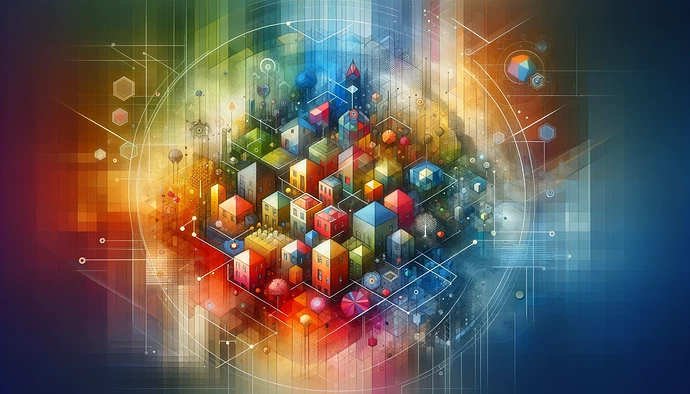Diversify Your Portfolio - Checklist
1. Getting Started
- Understand the Basics: Recognize that building a real estate portfolio is a step-by-step journey.
- First Step: Begin with a single property investment.
- Realistic Expectations: Accept that success in real estate is not guaranteed and requires patience and possibly some luck.
2. Understanding Market Cycles
- Property Value Fluctuations: Be prepared for periods of stagnant or falling property prices.
- Rental Income Variability: Acknowledge that rent income may not always increase steadily.
3. Fundamental Investment Principles
- Learn the Basics: Familiarize yourself with the foundational principles of real estate investment.
- Accept Realities: Be ready to manage various aspects like being a landlord, diversifying properties, maximizing tax benefits, and managing significant bank loans.
4. Utilizing Compounding Returns and Leverage
- Compounding Returns: Understand and apply the concept of compounding in property investment.
- Leverage (Gearing): Learn to use leverage effectively, balancing the risks and rewards.
5. Managing Risks and Growth
- Risk Awareness with Leverage: Be conscious of the risks in both rising and falling market conditions.
- Growth Through Equity: Focus on growing equity in your properties over time.

 You are missing out if you haven’t yet subscribed to our YouTube channel.
You are missing out if you haven’t yet subscribed to our YouTube channel.
6. Handling Debt and Financing
- Comfort with Debt: Get accustomed to the idea of owing large sums in property investments.
- Debt Management: Monitor and manage your debt levels responsibly.
7. Portfolio Management
- Diversification: Spread your investments across different locations and property types.
- Strategic Buying and Selling: Avoid frequent buying and selling due to high entry and exit costs.
8. Understanding and Using Good vs Bad Debt
- Good Debt: Prioritize paying off non-tax-deductible (bad) debt over tax-deductible (good) investment debt.
9. Investment Financing Options
- Recourse Financing: Understand the implications and risks.
- Non-Recourse Financing: Consider the higher interest rates and restrictions.
- Limited Recourse Financing: Know the legal requirements, especially for self-managed superannuation funds.
10. Building an Income Stream
- Rental Income Strategy: Aim for properties that can provide a stable and growing passive income.
Key Considerations for Portfolio Expansion
- Regular Property Valuation: Keep track of the current value of your properties.
- Loan-to-Value Ratio (LVR): Maintain a safe LVR, ideally below 80% to avoid lenders’ mortgage insurance.
- Funding Strategies: Decide if you want to risk other assets for property loans.
- Tax Implications: Be aware of the tax consequences of buying, holding, and selling properties.
- Market Research: Conduct thorough research, especially when investing in unfamiliar areas or interstate.
- Exit Strategy: Plan for how and when you might sell properties to optimize returns and minimize taxes.
Regular Portfolio Review
- Financial Health Check: Periodically review your portfolio’s performance, debt levels, and growth trajectory.
- Adjustment and Rebalancing: Make adjustments based on market conditions, financial goals, and risk tolerance.

Make It Real
 Start Your Journey Today!
Start Your Journey Today!
You are missing out if you haven’t yet subscribed to our YouTube channel.


